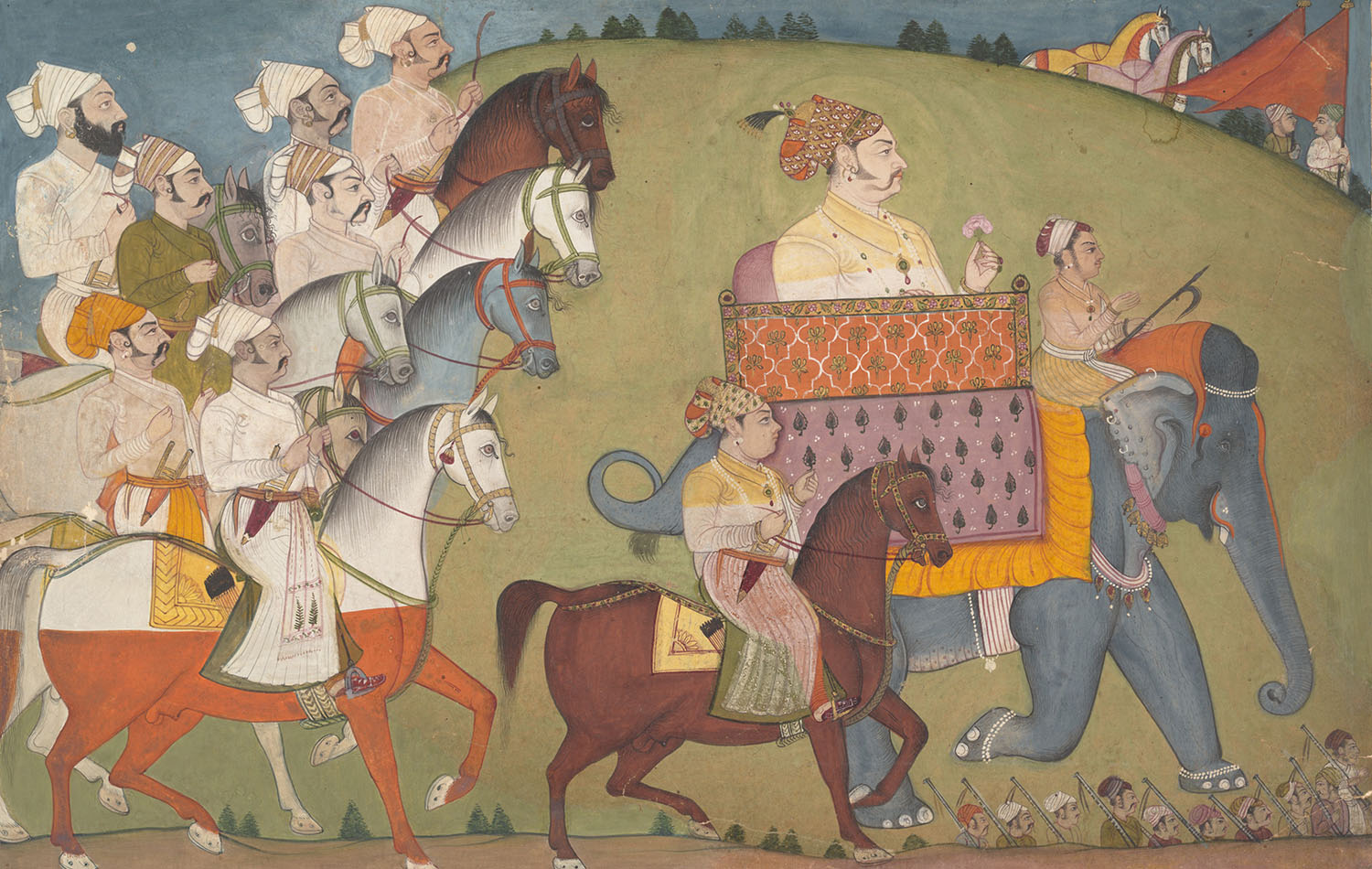ARTICLE
Nihal Chand
Savant Singh’s ascension to the throne was marked by political strife with his brother, Bahadur Singh, and the former eventually abdicated as ruler in favour of his son, Sardar Singh. In 1756, the state of Kishangarh was split. Sardar Singh assumed control of the territory of Rupnagar and Nihal Chand was invited to work in the Rupnagar atelier, where he remained active until 1780. Nihal Chand’s sons, Sitaram and Surajmal, also went on to work as court artists at Rupnagar.
Bibliography
Our website is currently undergoing maintenance and re-design, due to which we have had to take down some of our bibliographies. While these will be re-published shortly, you can request references for specific articles by writing to hellomapacademy@map-india.org.








